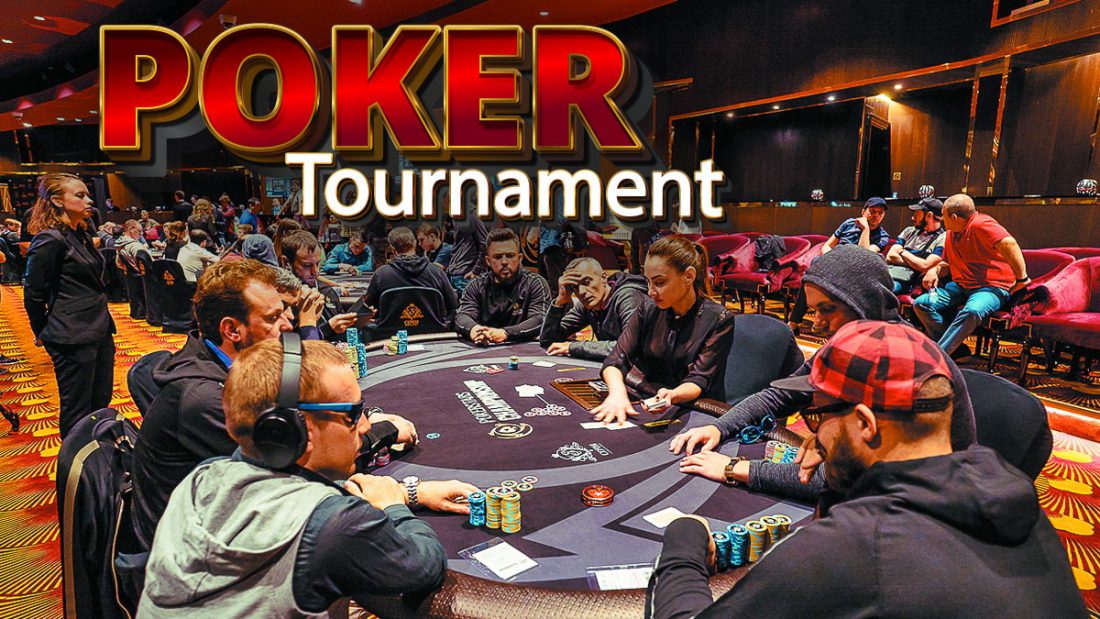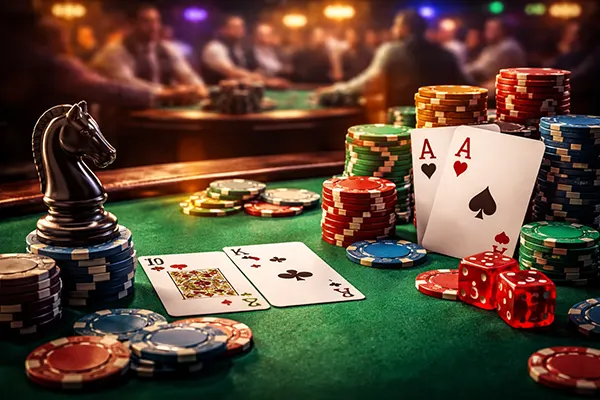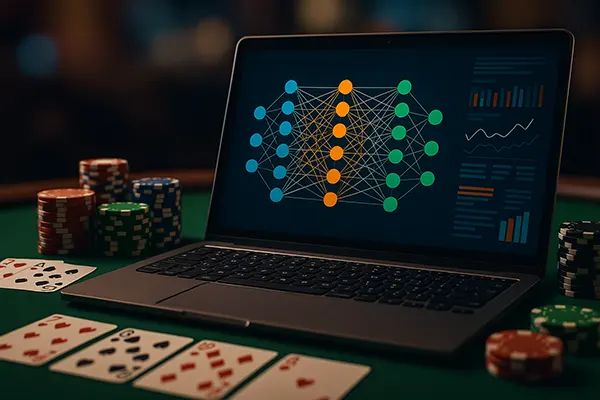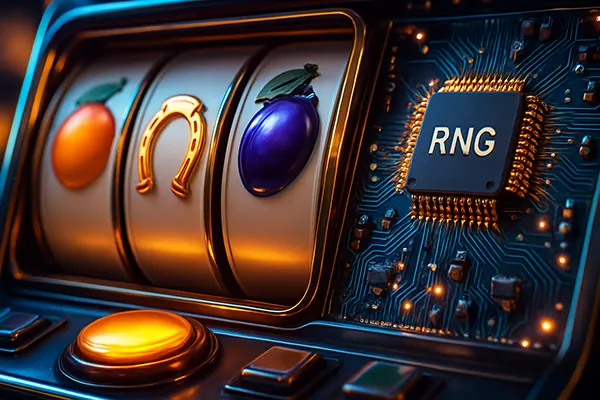
Poker tournament strategy and the patience factor
We can define any tournament, broadly, as fast, medium, or slow. A single-table satellite or sit’n’go, designed to come up with a winner in an hour or so of play, is the quintessential fast tournament. That’s because the players start out with small chip stacks relative to the blinds and the blinds escalate quickly.
The WSOP main event, which takes the better part of a week to determine a winner, is the ultimate slow tournament. That’s because the blinds start small relative to the players’ starting chips and go up slowly, so that players can be very selective in the hands they play and how they deploy their chips to their advantage.
The faster a tournament is the more likely it is that the winner will be determined by luck, as opposed to skill. So, whatever your skill level, you will maximize your tournament earnings and edge if you choose tournaments that are a good fit for your skill level.
Q: What makes a tournament fast or slow?
A: The blind structure in relation to the number of chips each player starts with is the primary consideration, but a few other factors can also affect a tournament’s speed. For example, the number of players in a tournament will have an impact on a tournament’s speed, and can even cause a slow tournament to become fast as the tournament progresses. “Rebuy” formats that allow players to purchase more chips in the early stages of a tournament, also affect the overall speed.

Estimating the “Patience Factor”
In order to compare tournaments with each other, both to get a handle on the importance of luck versus skill in any particular tournament, and to figure out the best strategy based on the tournament’s speed, we need to quantify the speed of play required more precisely than just defining a tournament as fast, medium, or slow. Small differences in poker tournament speed can make a big difference in the best strategy for maximizing your edge and wins.
We all know that the main even of the WSOP is a slow tournament and that our local Tuesday night $40 buy-in tournament that starts at 7 pm and ends around midnight is quite a bit faster. But is there a way to put some numbers on these tournaments that would indicate exactly how slow or how fast they are? What if we want to compare the speed and value of the $40 buy-in tournament available at one poker room with a $60 buy-in tournament offered at another poker room on the same night? They’re both fast tournaments, but one has fewer starting chips, the other has faster blind levels, etc. As a matter of fact, it’s fairly easy to define and compare precise tournament speed and value if we return to the parameters that contribute to a tournament’s speed: one, the number of starting chips; and two, the blind structure.
The more patience and flexibility a tournament allows players in selecting the pots they enter and the way they play a hand, the greater a factor skill will be in determining the winners and the more money skilled players will make over time. The more players are forced to take shots with marginal hands just to try to keep up with the blinds, the more luck will play into any player’s chance at winning, and the less money skilled players will make over time..
A tournament’s “patience factor” is simply a mathematical measure of its speed. Based on any tournament’s number of starting chips and blind structure, we can calculate precisely how quickly the players must increase their chip stacks in order to survive.




